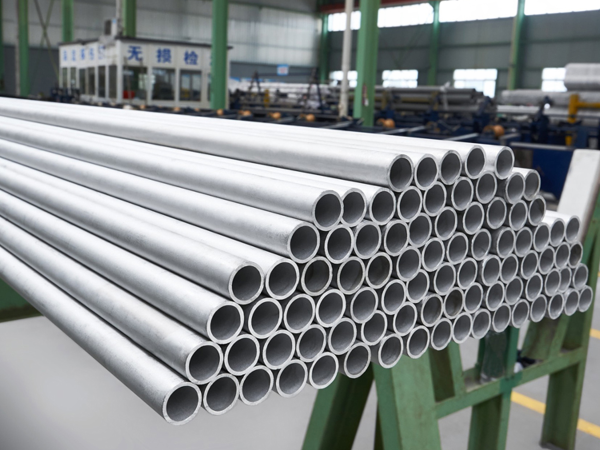Método de prueba de dureza de tubería sin soldadura de acero inoxidable:
Las
tuberías sin costura de acero inoxidable deben someterse a pruebas de propiedades mecánicas. Los tubos sin costura de acero inoxidable se utilizan ampliamente en la fabricación de piezas estructurales y piezas mecánicas, como
tubos de perforación de petróleo, ejes de transmisión de automóviles, cuadros de bicicletas y andamios de acero utilizados en la construcción. utilización, simplificar los procesos de fabricación y ahorrar Los materiales y el tiempo de procesamiento se han utilizado ampliamente para fabricar tuberías de acero. Hay dos tipos principales de métodos de prueba de propiedades mecánicas, uno es la prueba de tracción y el otro es la prueba de dureza.
La prueba de tracción consiste en convertir una tubería sin costura de acero inoxidable en una muestra, estirar la muestra para fracturarla en una máquina de prueba de tracción y luego medir una o varias propiedades funcionales, generalmente solo resistencia a la tracción, límite elástico y alargamiento después de la fractura y reducción de área. El acero utilizado para los componentes de presión de la caldera utilizados en los tubos de caldera de alta presión 20G se utiliza generalmente en calderas de menos de 39 Kg. Para poder utilizarlos a presiones más altas, los tubos de la superficie de calentamiento a menudo se diseñan para que sean muy gruesos.

In order to reduce thermal resistance and save steel, to ensure the safety of steel for higher or high pressure boilers, and to reduce the amount of steel used, 16MnG is generally used. At the same time, there are also special steels added with metal and non-metal materials such as rare earth and magnesium. This will improve the performance of the boiler steel, reduce the consumption of steel, and also reduce the thermal resistance. Tensile test is the basic mechanical performance test method of metal materials. Almost all metal materials have specified tensile test as long as there are requirements for mechanical properties. Especially for those materials whose shapes are not convenient for hardness testing, tensile testing has become a means of testing mechanical properties.
The hardness test is to slowly press a hard indenter into the surface of the sample according to the specified conditions, and then test the depth or size of the indentation to determine the hardness of the material. Hardness test is a simple, rapid and easy-to-implement method in material mechanical performance test. The hardness test is non-destructive, and there is an approximate conversion relationship between the material hardness value and the tensile strength value. The hardness value of the material can be converted into the tensile strength value, which has great practical significance.
Since the tensile test is not convenient for testing, and it is very convenient to convert from hardness to strength, more and more people only test the hardness of materials and seldom test their strength. Stainless steel seamless pipes have a hollow cross-section and are widely used as pipes for conveying fluids, such as pipes for conveying oil, natural gas, gas, water and certain solid materials. Compared with solid steel such as round steel, the steel pipe is lighter in weight when it has the same flexural and torsional strength, and is an economical section steel. Especially due to the continuous improvement and innovation of hardness tester manufacturing technology, some materials that could not directly test the hardness before, such as stainless steel seamless pipe, stainless steel (stainless acid-resistant steel) plate and stainless steel strip, etc., are now possible to directly test the hardness . Therefore, there is a tendency that the hardness test gradually replaces the tensile test.


